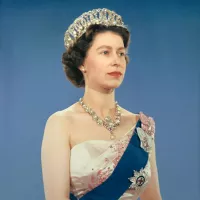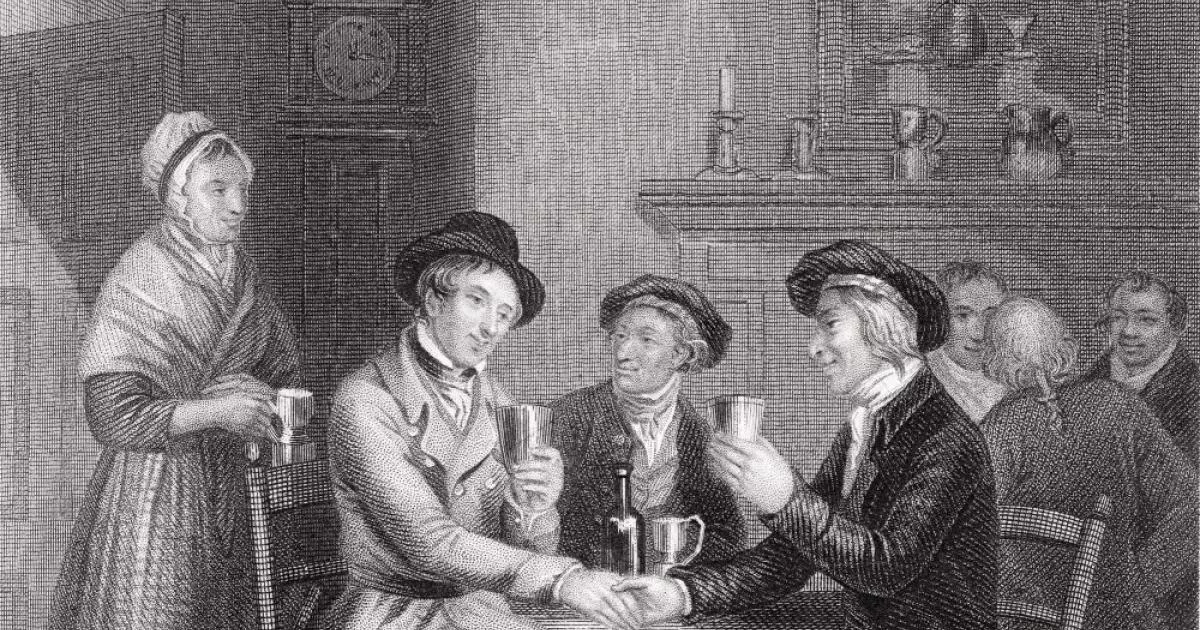"Auld Lang Syne" is a Scottish song traditionally sung in English-speaking countries at midnight on New Year's Eve to bid farewell to the old year. It's also common at funerals, graduations, farewells, and endings of various events. It's used by organizations like Scouting to close large gatherings.
1910: First Commercial Recording
In 1910, Frank C Stanley made the first commercial recording of Auld Lang Syne.
1924: Sousa Marches On
In 1924, John Philip Sousa quoted the melody of "Auld Lang Syne" in the Trio section of his march "Ancient and Honorable Artillery Company".
1972: Auld Lang Syne as National Anthem
Until 1972, the tune of Auld Lang Syne was used as the national anthem of the Maldives.
1976: Tomlinson Composes Fantasia
In 1976, English composer Ernest Tomlinson wrote a Fantasia on "Auld Lang Syne" weaving in 152 quotations from other popular and classical composers.
1999: Cliff Richard Releases Millennium Prayer
In 1999, Cliff Richard released a setting of the Lord's Prayer, known as "The Millennium Prayer", to the melody of Auld Lang Syne.
1999: Kenny G Charts with Instrumental Rendition
In late 1999, Kenny G's instrumental rendition of "Auld Lang Syne" reached No. 7 on the Billboard Hot 100, becoming the oldest-written song to make the charts at that time.
2000: Queen Elizabeth II Follows Scottish Tradition
In 2000, at the Millennium Dome celebrations, Queen Elizabeth II demonstrated the Scottish practice of not crossing hands at the beginning of "Auld Lang Syne", leading to some press criticism due to unfamiliarity with the tradition.
Mentioned in this timeline

Elizabeth II reigned as Queen of the United Kingdom and...

The Billboard Hot is the primary music chart in the...
The Maldives officially the Republic of Maldives is an archipelagic...
Trending
27 minutes ago Litton criticizes Shamim's axing as Bangladesh struggles with middle-order before World Cup.
27 minutes ago Fubo TV loses NBC channels due to carriage dispute; customer credit offered.

28 minutes ago Mike Tomlin Rumored to Want a Change, Possibly Leaving Steelers After Season.

28 minutes ago Sydney Sweeney and Scooter Braun Spotted Together in Florida During Thanksgiving Holiday.

1 hour ago Best Sweepstakes Casino Bonuses for Thanksgiving Weekend: Chumba and No Deposit Deals

2 hours ago Elle Duncan Leaves ESPN for Netflix: New Role as Sports Coverage Face
Popular
Aftyn Alyssa Behn is an American politician currently serving as...

William Franklin Graham III commonly known as Franklin Graham is...

Candace Owens is an American conservative political commentator and author...

XXXTentacion born Jahseh Dwayne Ricardo Onfroy was a controversial yet...

Marjorie Taylor Greene known as MTG is a U S...

Maxine Waters is an American politician who has served as...
